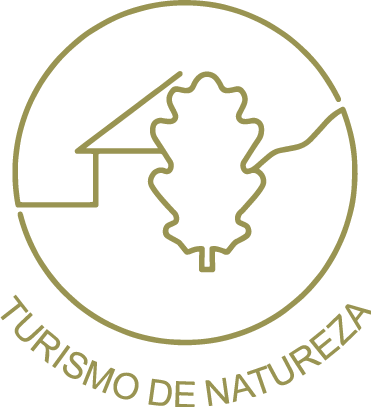General Info
Nestled within the picturesque Alentejo region of Portugal, the Castro Verde and Mertola area stands as a birdwatcher’s paradise, offering an extraordinary blend of biodiversity and natural beauty. What makes this region truly exceptional is its diverse range of habitats, including expansive steppes, meandering rivers, wetlands, and rugged hills, creating an ideal environment for a myriad of bird species.
Throughout the seasons, the Castro Verde and Mertola area beckon birdwatchers with a tantalizing array of avian wonders. Spring brings a burst of life as the steppe species come to life. The haunting calls of the Little Bustards echo across the plains, their elegant courtship displays a sight to behold. The enchanting melodies of Calandra Larks fill the air, while the European Rollers add a splash of vibrant blue to the landscape.
As summer descends, raptors take center stage in the skies above Castro Verde and Mertola. The majestic Bonelli’s Eagles, Short-toed Eagles, and Booted Eagles can be seen soaring high, their keen eyes scanning the ground for prey. Peregrine Falcons demonstrate their incredible speed and precision as they dive in pursuit of unsuspecting birds. The steppes come alive with the elegant grace of Montagu’s Harriers, their aerial acrobatics leaving spectators in awe.
Even in the cooler months, the Castro Verde and Mertola area continue to enchant birdwatchers. Winter sees the arrival of vast flocks of Common Cranes, their trumpeting calls filling the wetlands as they forage for food. Marsh Harriers glide effortlessly over the marshes, and the haunting cries of the Eurasian Curlews add an atmospheric touch to the landscape. The wetlands teem with waterfowl, including Eurasian Spoonbills, Common Shelducks, and Northern Lapwings, creating a vibrant spectacle for observers.
Autumn, with its golden hues, offers a unique birdwatching experience in Castro Verde and Mertola. Migratory species, such as the Whinchats and Pied Flycatchers, make a stopover, providing birdwatchers with the opportunity to witness their journey south. The Mediterranean region’s characteristic species, like the Sardinian Warblers and Dartford Warblers, can be spotted among the shrubs, their vibrant plumage contrasting beautifully with the autumnal landscape.
Regardless of the season, the Castro Verde and Mertola area stand as a testament to the natural wonders of birdlife. Birdwatchers from around the world are drawn to this region not only for its remarkable diversity of species but also for the immersive experience it offers. Amidst the stunning landscapes, birdwatchers find themselves surrounded by the sights and sounds of nature, creating cherished memories and a deep appreciation for the avian marvels that call this region home.
What can we see
Anseriformes (Ducks, Geese, and Swans): Red-crested Pochard, Ferruginous Duck
Galliformes (Gamefowl): Red-legged Partridge
Ciconiiformes (Storks): Black Stork, White Stork
Pelecaniformes (Pelicans): Eurasian Spoonbill
Accipitriformes (Birds of Prey): Black-winged Kite, Griffon Vulture, Cinereous Vulture, Short-toed Snake Eagle, Booted Eagle, Iberian Imperial Eagle, Golden Eagle, Bonelli’s Eagle, Northern Goshawk, Hen Harrier, Montagu’s Harrier, Red Kite, Black Kite
Gruiformes (Rails, Cranes, and Allies): Great Bustard, Little Bustard, Common Crane
Charadriiformes (Shorebirds and Gulls): Eurasian Stone-curlew, Black-winged Stilt, Little Ringed Plover, Collared Pratincole, Gull-billed Tern
Pterocliformes (Sandgrouse):Black-bellied Sandgrouse
Columbiformes (Pigeons and Doves): European Turtle Dove
Caprimulgiformes (Nightjars): Red-necked Nightjar
Apodiformes (Swifts and Hummingbirds): Pallid Swift, White-rumped Swift
Coraciiformes (Kingfishers and Rollers): European Roller, Common Kingfisher
Coraciiformes (Bee-eaters and Hoopoes): European Bee-eater, Eurasian Hoopoe
Piciformes (Woodpeckers): Eurasian Wryneck, Lesser Spotted Woodpecker, Iberian Green Woodpecker
Falconiformes (Falcons and Caracaras): Lesser Kestrel, Common Kestrel, Merlinm Peregrine Falcon
Passeriformes (Perching Birds): Iberian Grey Shrike, Woodchat Shrike, Eurasian Golden Oriole, Iberian Magpie, Northern Raven, European Crested Tit, Eurasian Skylark, Thekla’s Lark, Crested Lark, Greater Short-toed Lark, Calandra Lark, Eurasian Crag Martin, Red-rumped Swallow, Great Reed Warbler, Melodious Warbler, Zitting Cisticola, Western Orphean Warbler, Dartford Warbler, Subalpine Warbler, Sardinian Warbler, Short-toed Treecreeper, Spotless Starling, Rufous-tailed Scrub Robin, Common Nightingale, Blue Rock Thrush, Black-eared Wheatear, Spanish Sparrow, Rock Sparrow, Common Waxbill, Western Yellow Wagtail, Tawny Pipit, Hawfinch, European Serin, Cirl Bunting, Rock Bunting
Not so common but seen in recent years, and depending on the time of the year, we could see:
Accipitriformes (Birds of Prey): Ruppell’s Vulture, Steppe Eagle
Charadriiformes (Shorebirds and Gulls): Sociable Lapwing
Apodiformes (Swifts): Little Swift
Falconiformes (Falcons and Caracaras): Red-footed Falcon, Lanner falcon
Some photos of this tour
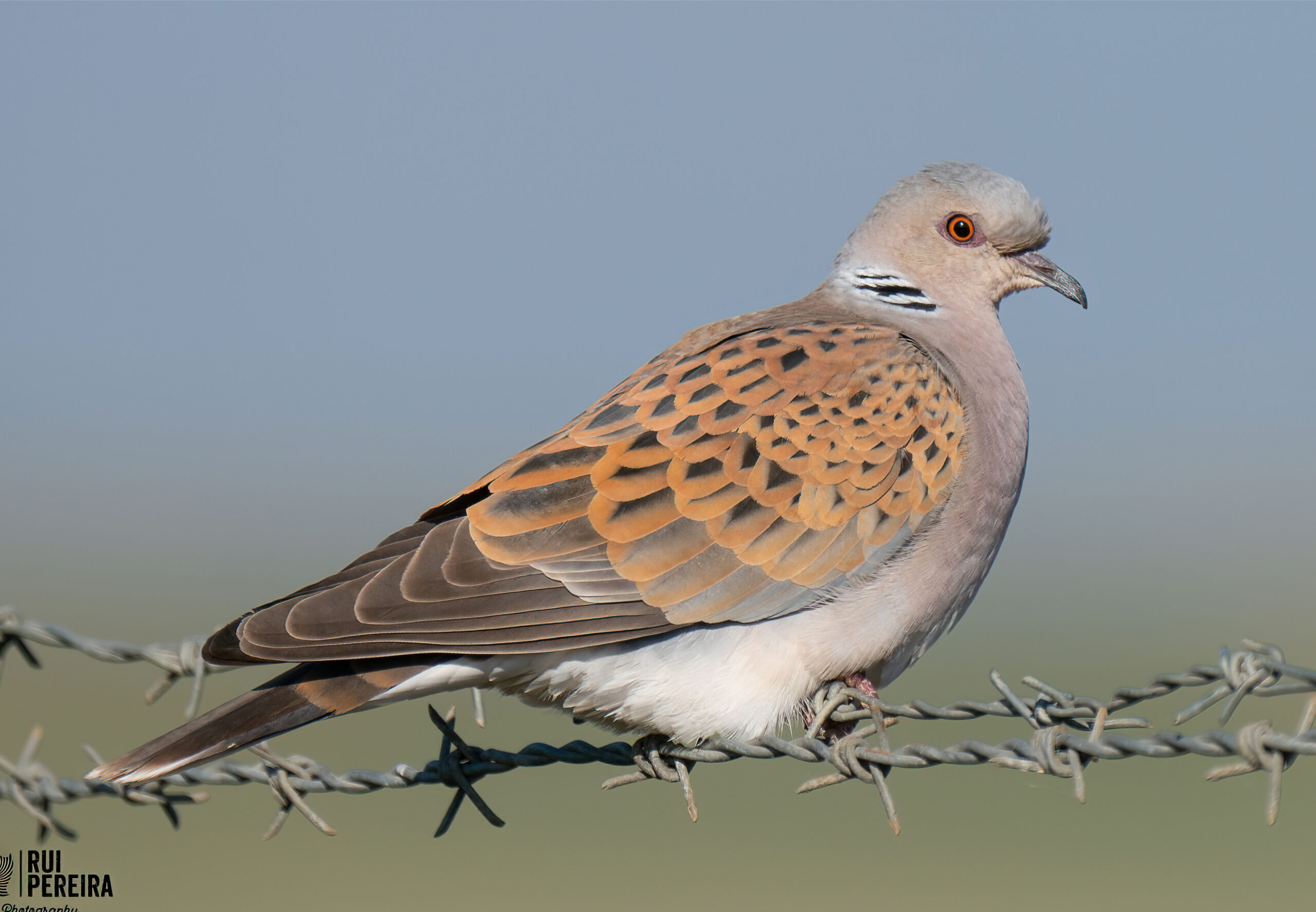
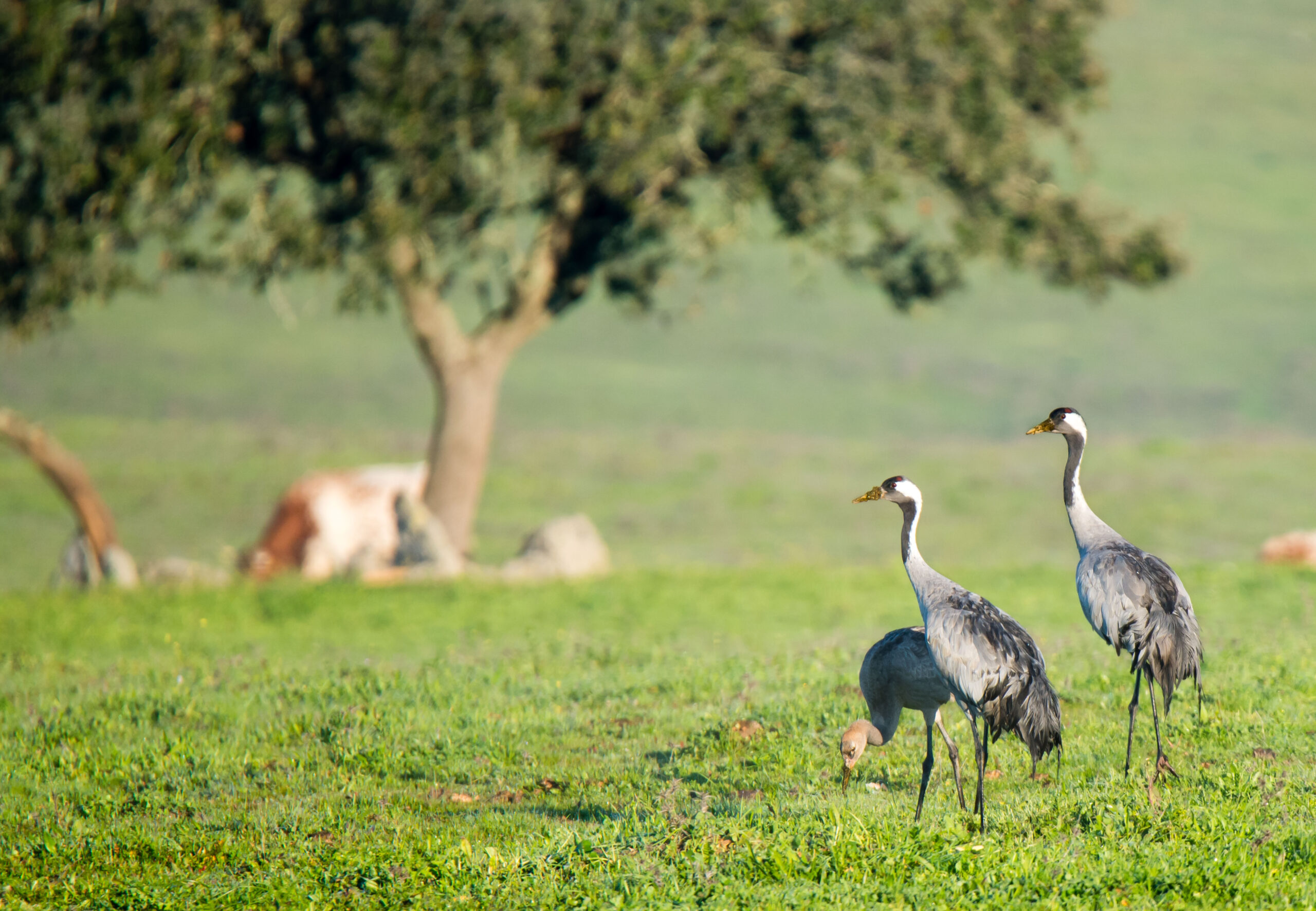
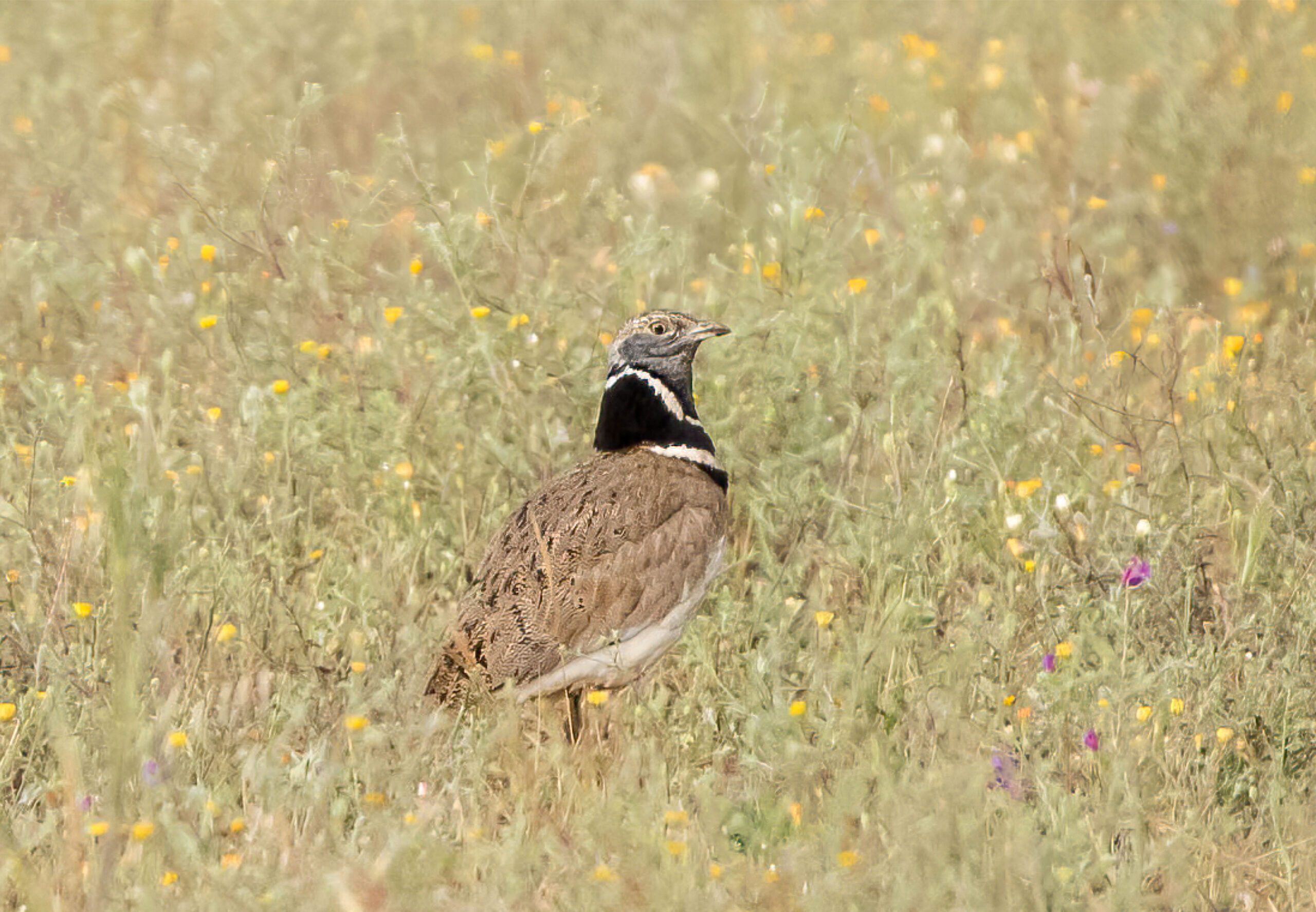
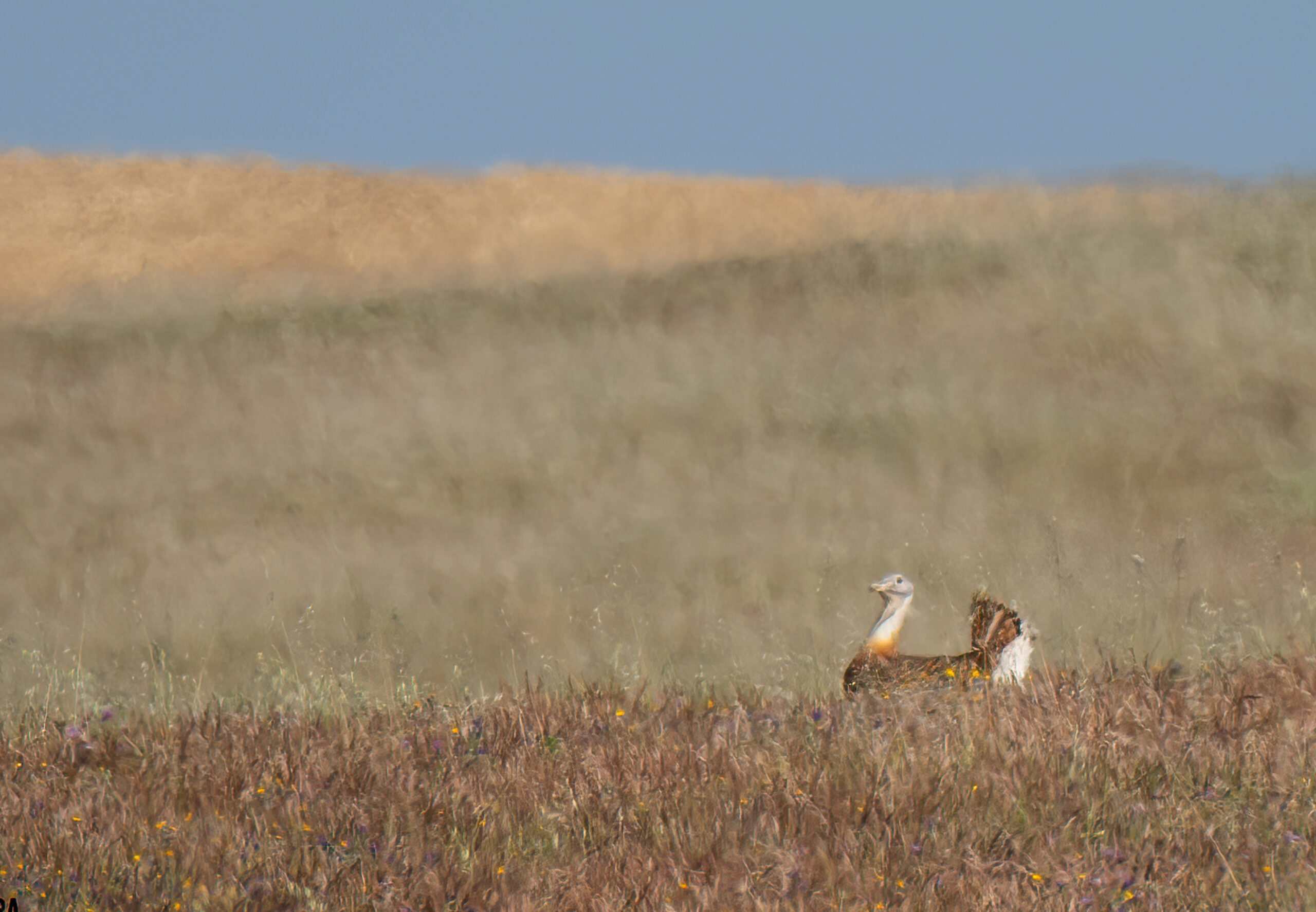
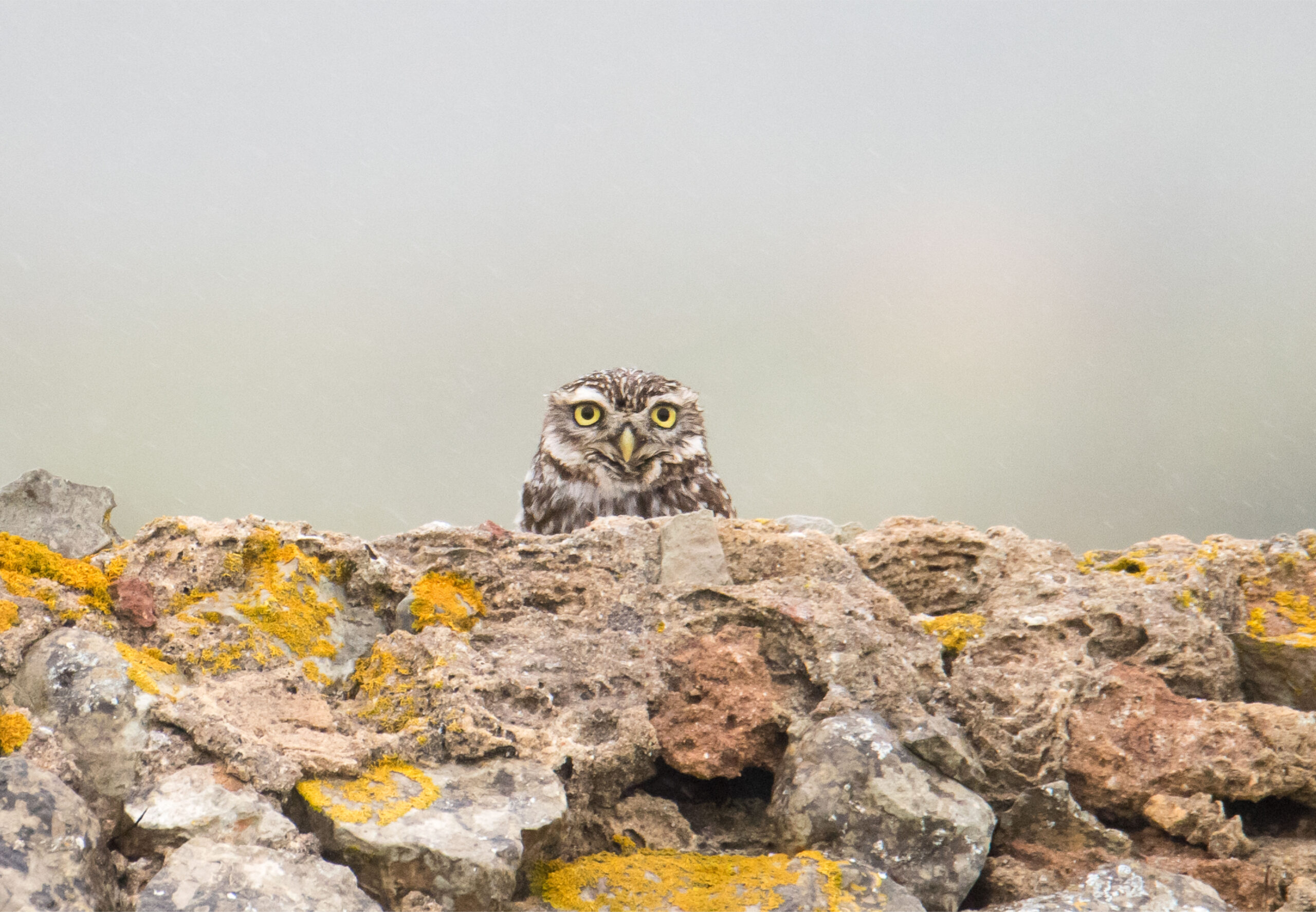
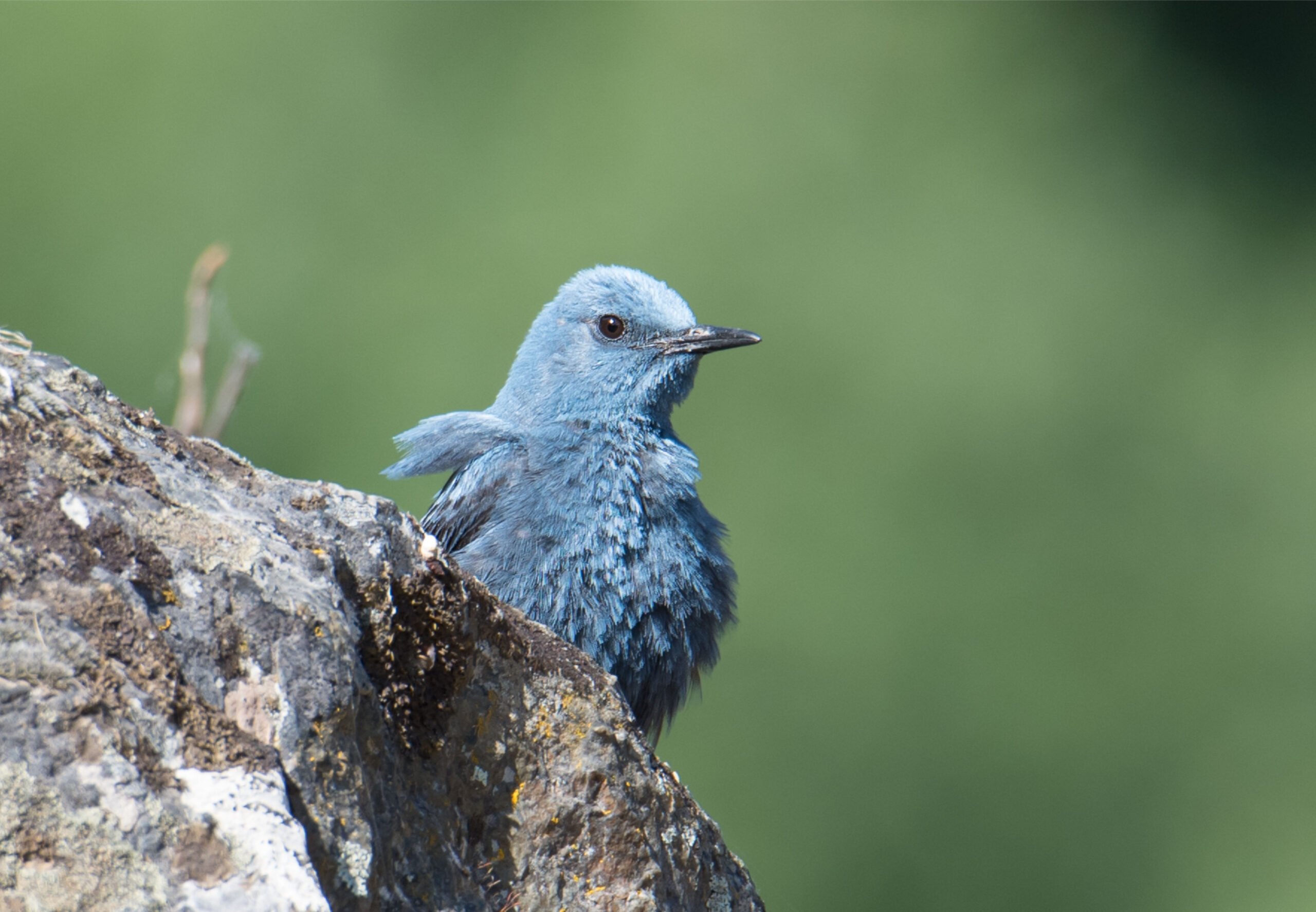
Location
Good to know
Difficulty
Medium, mostly done on car with some distance flat walks
Time
Full day tour. Departure and return time to be arranged.
Included
– All entrance fees
– Accident’s Insurance
– Transport (pick up and drop in Lisbon hotel. Gas and tolls included)
– Water
– Guide
Everything else is not included
Price
1 person: 300 €
2 persons: 350 €
3 persons: 400 €
4 persons: 450 €

